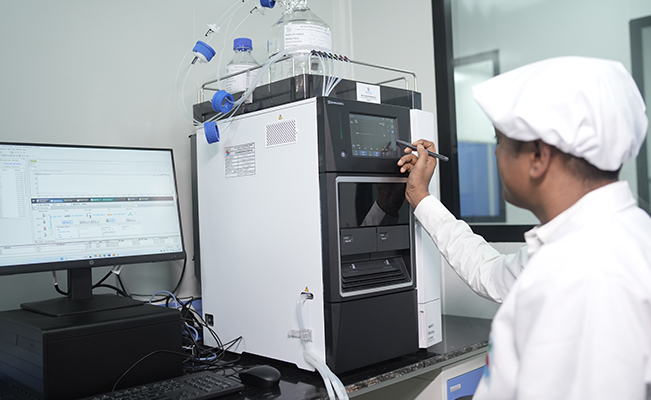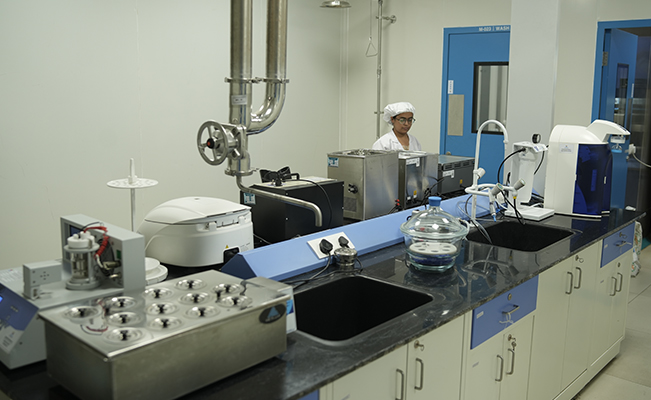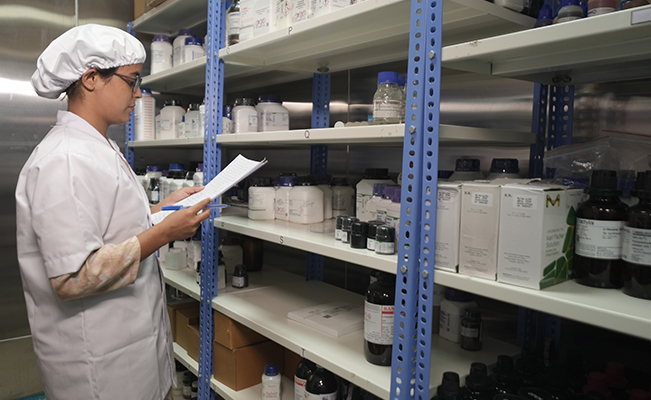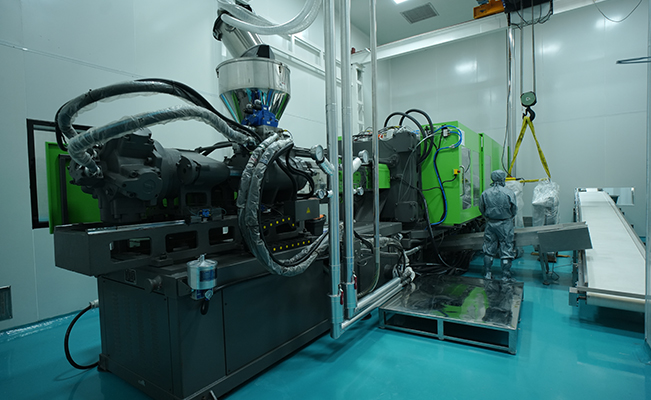Restoring Balance. Supporting Life. Delivering Care – One Drop at a Time.
Intravenous fluids, commonly known as IV fluids, are sterile liquid solutions that are administered directly into a patient’s vein through an intravenous (IV) line. They are one of the most critical components in modern medical care—used to rehydrate the body, restore electrolytes, deliver medications, maintain blood pressure and support essential body functions during illness, surgery, or trauma.
At Silica Healthcare, we manufacture a wide range of IV fluids tailored to serve these vital medical purposes, ensuring that every drop administered contributes to saving lives and restoring health.
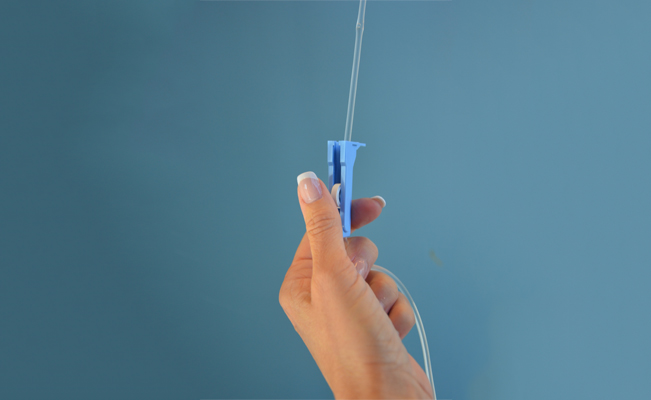

Why Are IV Fluids Needed?
The human body is made up of over 60% water. This fluid balance is crucial for:
- Transporting nutrients and oxygen to cells
- Removing waste products
- Regulating body temperature
- Maintaining blood pressure and heart function
- Supporting kidney, brain and muscle performance
When this balance is disrupted—due to illness, injury, dehydration, or surgery—IV fluids step in to restore and maintain homeostasis.
Common Clinical Purposes of IV Fluids
Purpose: To treat dehydration caused by fever, vomiting, diarrhea, burns, or surgery.
Example:
- 0.9% Normal Saline and Dextrose 5% are commonly used to restore fluid volume.
How It Works: The IV fluid is infused directly into the bloodstream, quickly replenishing lost water and salts. This helps restore circulation and supports vital organ function.
Purpose: To correct imbalances of essential salts like sodium, potassium, chloride, calcium and magnesium.
Example:
- Ringer Lactate, DNS and KCl infusions are used for this purpose.
How It Works: Electrolytes in IV fluids help stabilize the electrical activity of the heart, maintain muscle function and support the nervous system.
Purpose: To provide calories and nutrients when the patient cannot eat or absorb food through the digestive system.
Example:
- Dextrose 10%, 25% and multivitamin infusions provide glucose and essential vitamins.
How It Works: The glucose and nutrients in the IV fluids bypass the gut and enter directly into the bloodstream, feeding cells and maintaining metabolic functions.
Purpose: To deliver antibiotics, pain relievers, chemotherapy, or other drugs safely and efficiently.
Example:
- Normal Saline or Dextrose is used as a carrier fluid for IV injections.
How It Works: IV fluids act as a medium to dilute and deliver medications uniformly into the bloodstream, ensuring faster and controlled drug action.
Purpose: To maintain blood pressure in cases of blood loss, sepsis, or shock.
Example:
- Normal Saline and Colloids (like gelatin, dextran – upcoming products) are used to expand plasma volume.
How It Works: These fluids increase the volume of circulating blood, improving blood pressure and perfusion to vital organs.
Purpose: To manage pH imbalances such as acidosis or alkalosis.
Example:
- Sodium Bicarbonate Infusion is used in metabolic acidosis.
How It Works: IV fluids with specific buffering agents neutralize blood pH and restore a normal acid-base balance in critically ill patients.
Purpose: To reduce intracranial or intraocular pressure in head injury or brain edema.
Example:
- Mannitol 20% and Glycerin + Mannitol infusion
How It Works: These hyperosmotic fluids draw water out of the brain or eye tissues and into the bloodstream, reducing swelling and pressure.
How IV Fluids Work Inside the Body

Insertion
A sterile IV catheter is inserted into a vein, usually in the arm or hand.

Infusion
The fluid flows from a sterile IV bag through tubing and enters the vein via gravity or a controlled infusion pump.

Distribution
Once in the bloodstream, the fluid distributes to tissues and organs based on body needs—replenishing lost volume, restoring electrolytes, or delivering medication.
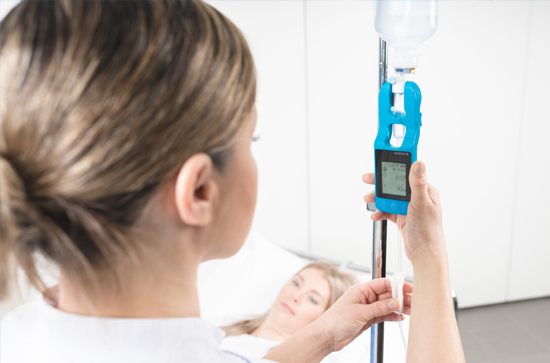
Monitoring
The patient’s vital signs, urine output and blood chemistry are continuously monitored to adjust the fluid type or rate.
Who Needs IV Fluids?
- Surgical patients (before, during, after operation)
- Patients with vomiting, diarrhea, or dehydration
- Trauma and accident victims
- ICU patients with sepsis, kidney failure, or multi-organ dysfunction
- Children and elderly who are unable to take oral fluids
- Cancer patients undergoing chemotherapy
- Patients on long-term parenteral nutrition (TPN)
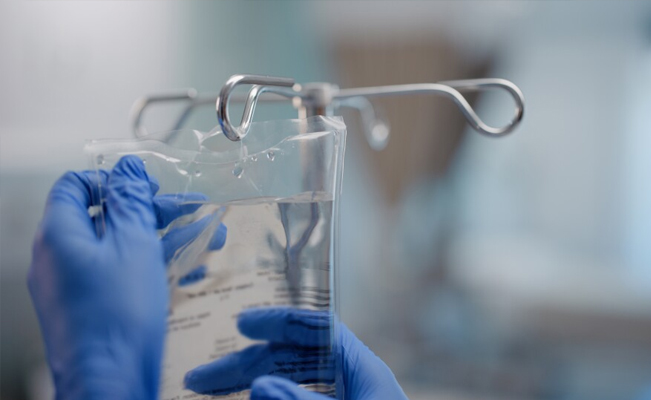
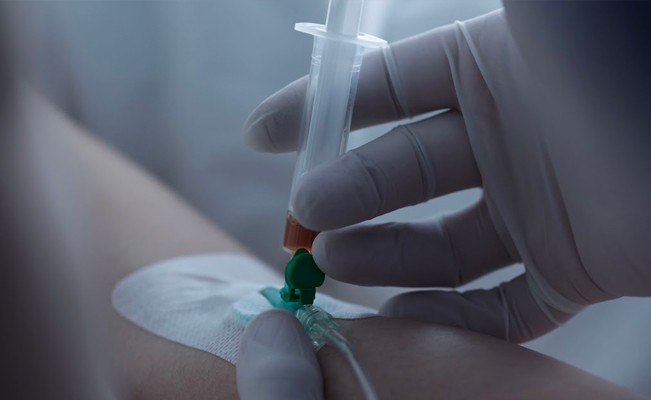
IV Fluids: The Lifeline of Modern Medicine
At Silica Healthcare, we understand that IV fluids are more than just solutions in a bottle—they are a lifeline for patients in every ward, ICU, OT and emergency room.
That’s why our fluids are:
- Manufactured using sterile, closed-system technologies (BFS/FFS Sterile & Sterile Plus)
- Packed in leak-proof, unbreakable, medical-grade PP bottles
- Tested for clarity, sterility, osmolality, pH and particulate matter
- Available in custom volumes and closures to suit all clinical settings
Every Drop Counts
When a patient’s life depends on rapid recovery, clean hydration and precise electrolyte balance, Silica Healthcare’s IV fluids deliver care with science, purity and purpose.



